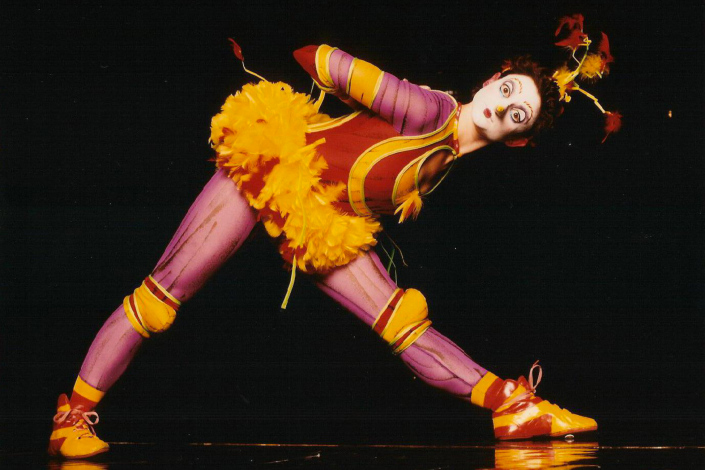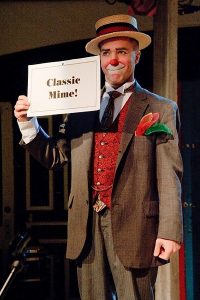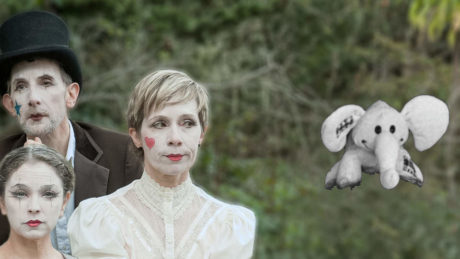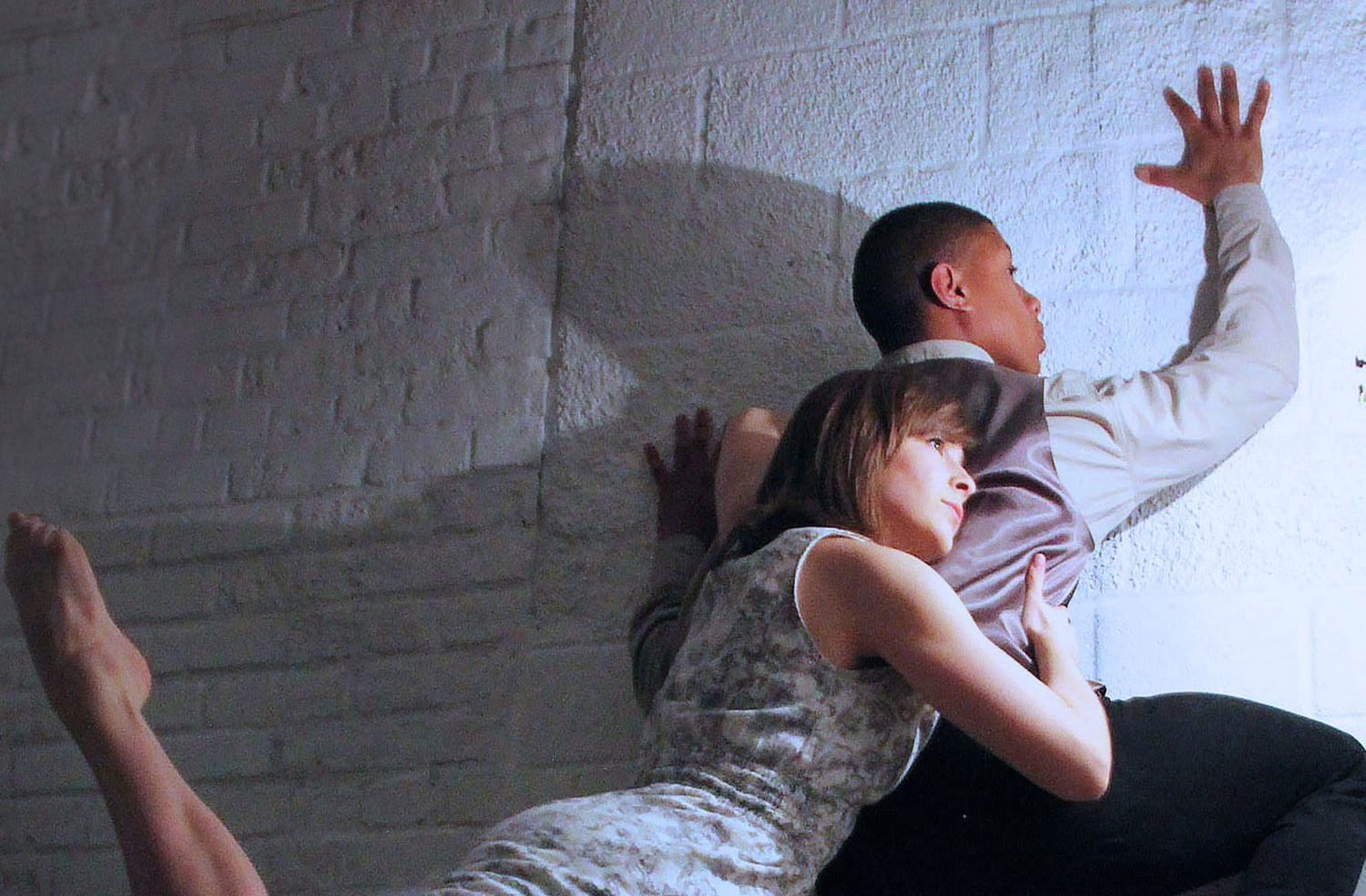For many of us, summer means hot evenings out attending arts festivals. Music fans travel hundreds, even thousands, of miles to attend big music festivals like Coachella and Bonnaroo. And locally, the DC area has the Capital Fringe Festival, the more traditional Smithsonian Folklife Festival, and more.
As summer winds down, there’s one final festival where you can soak up both the waning heat and pop culture: NextNOW Fest. Produced by the Clarice Smith Performing Arts Center at the University of Maryland, NextNOW Fest includes two days of concerts and performances September 9th and 10th.
If you’re concerned about the cost of the Uber to and from College Park for the festival: all events are free. You read that right: FREE.

Musical group Black Masala will be performing a free show Saturday evening at NextNOW Fest. Photo by John Shore.
Saturday 5:30-6:30 pm you can catch local group-on-the-rise Black Masala. Alternately tagged dance, funk, and soul, Black Masala plays a hybrid of gypsy punk (popularized by Gogol Bordello) and New Orleans street jazz. Their new album drops October 30 so expect audience favorites and soon to be favorites.
Later Saturday night is New-York-based, Japanese-born, Mitski. Rolling Stone called Mitski’s recent album “one of 2016’s most striking.” Her songs draw on emotional themes like romance and identity, with an ethereal/nostalgic 90s alt-pop feel; think: The Cranberries mixed with Celine Dionne. “I tend to be flung around by my emotions,” Mitski said in a recent interview with NPR Music.

Musical artist Mitski — performing a free show Saturday night at NextNOW. Photo by Ebru Yildiz.
More established acts will be performing at NextNOW through The Clarice’s Artist Partner Program, including Bandaloop. The San Francisco-based Bandaloop—who are celebrating their 25th anniversary in 2016—have danced on the side of skyscrapers in India, christened new buildings for Hermes and Virgin Galactic.

Bandaloop. Photo by Atossa Soltani.
The San Francisco-based Bandaloop—who are celebrating their 25th anniversary in 2016—have danced on the side of skyscrapers in India, and christened new buildings for Hermes and Virgin Galactic. For NextNOW, they’ll take to the air in The Clarice’s Grand Pavilion throughout the two-day festival. Check the NextNow website for more details on when to see the self-described “pioneers in vertical dance performance.”
Megan Pagado, lead curator of the Festival and associate director of The Clarice’s Artist Partner Program, described NextNOW as central to The Clarice’s mission. “It’s a priority for us to create an environment that celebrates the creativity of our campus community and facilitates active exploration of the arts,” she said.
As Washington begins to wave farewell to the sweltering days of summer, don’t miss the emerging and established artists of NextNOW Fest.
Full event listings and tickets for some events are available at The Clarice’s website.
This article was originally posted on DC Metro Theater Arts.









